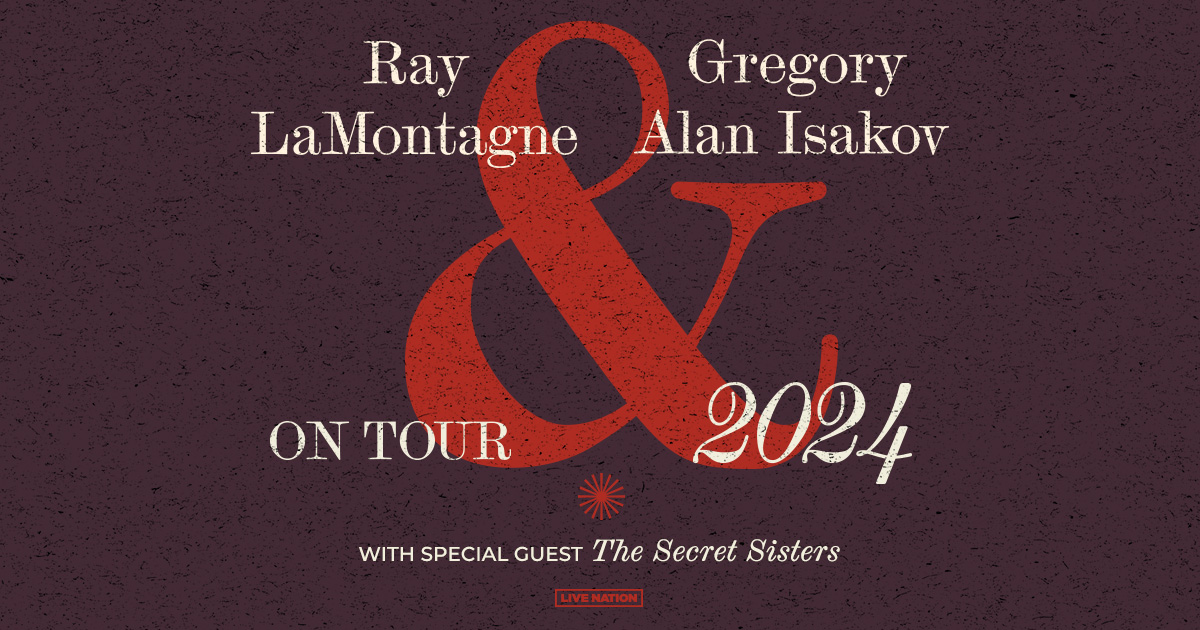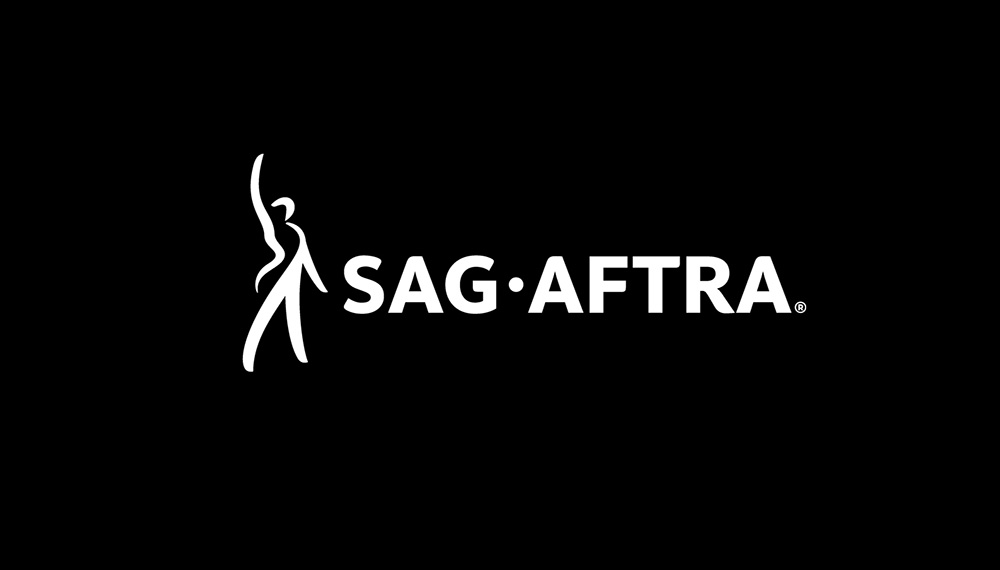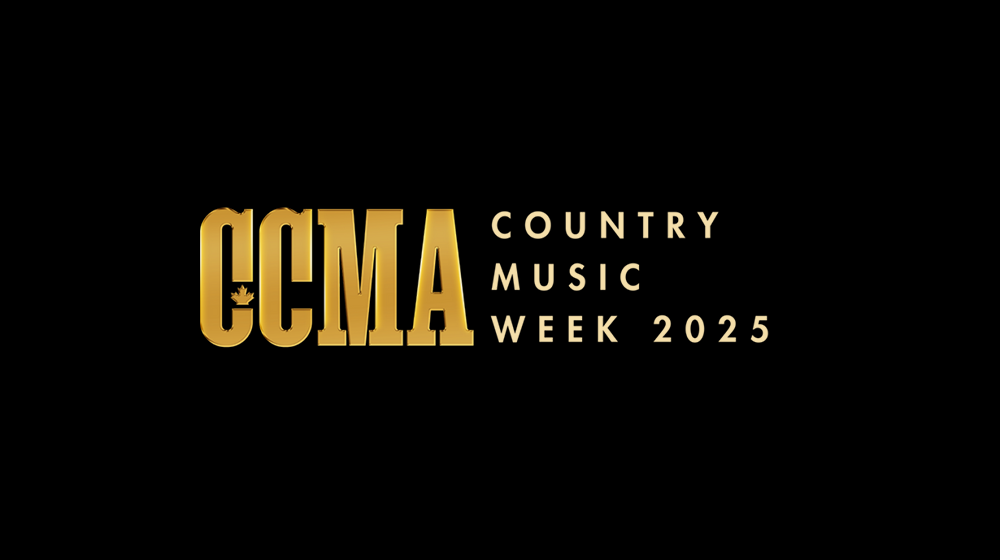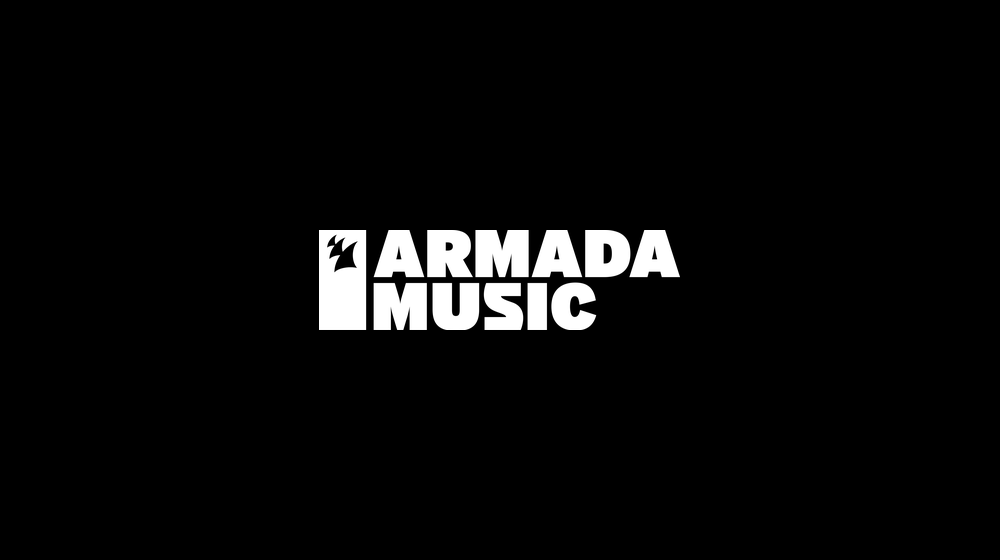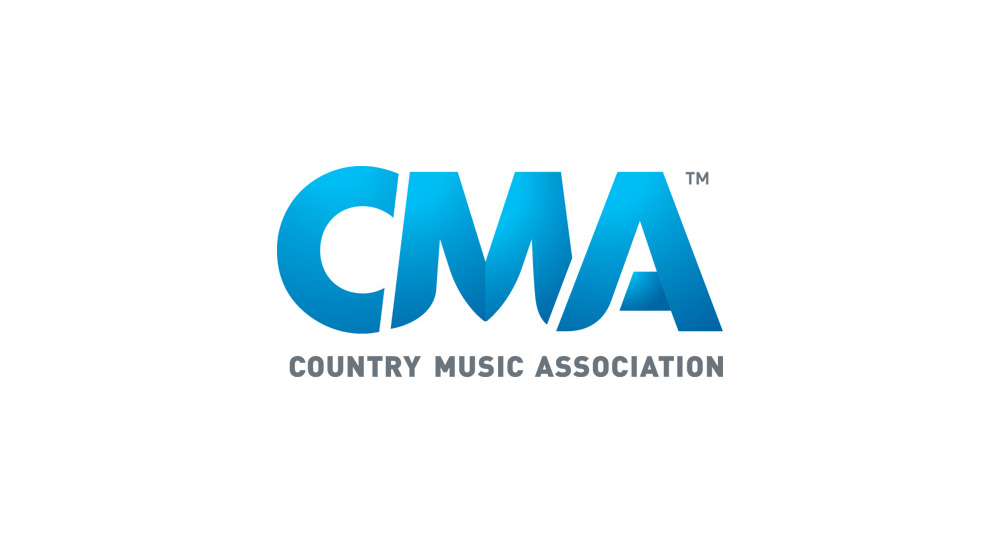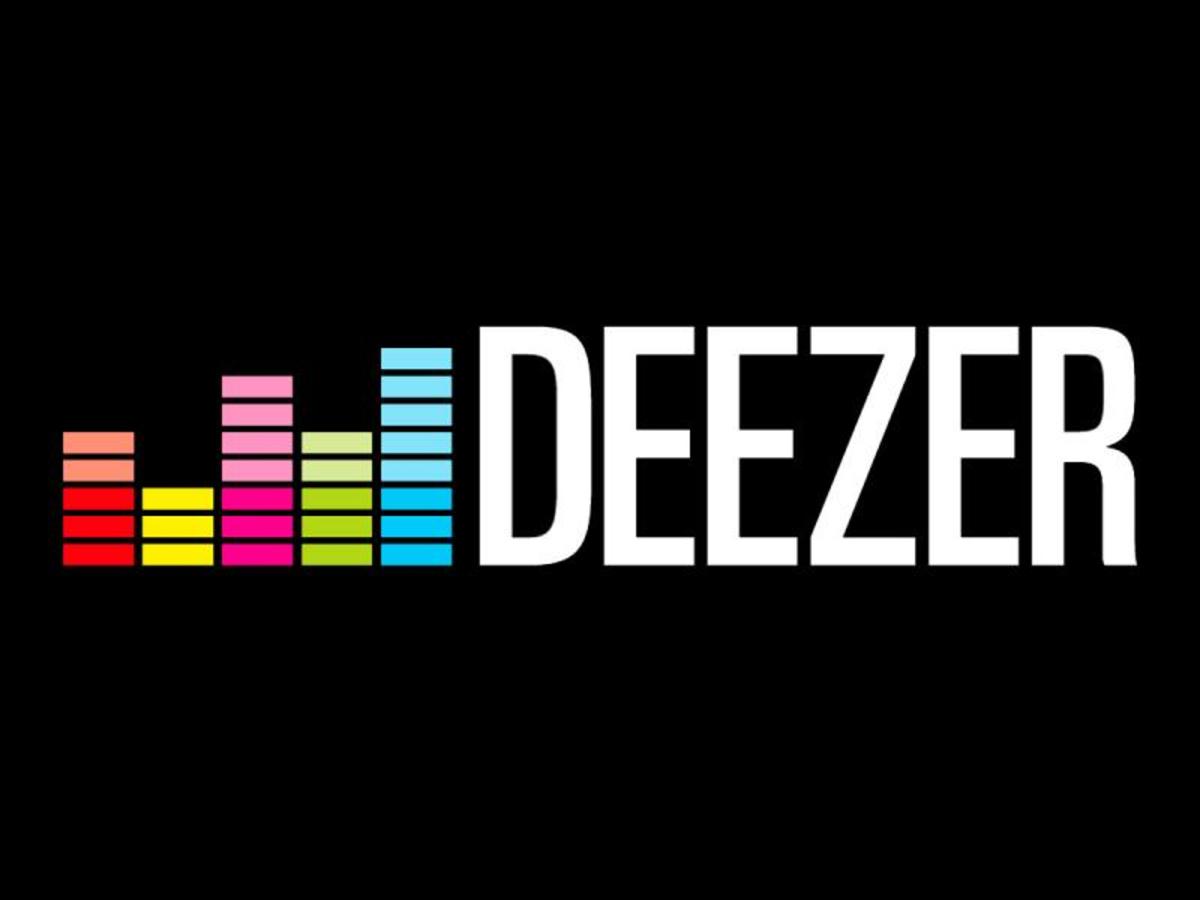(Hypebot) — At one time there was a theory posited, known as “The Long Tail,” which suggested that 20% of digital music services’ transactions would come from current popular artists and 80% would come from a virtually unlimited back catalog of music. Reality, however, has not borne this out to be the case.
_____________________________________
Guest post by Bobby Owsinski of Music 3.0
In 2004 Wired editor Chris Anderson wrote about an economic theory that seemed tailor-made for the digital universe called “The Long Tail.” The concept proposed that 20% of all music transacted would come from the current popular artists, while 80% would come from all the material in the catalog (songs older than 18 months). Brick and mortar stores couldn’t take advantage of this theory because of limited shelf space, but a digital service would have almost unlimited storage space with virtually no limits to the number of songs it could make available.
The Long Tail Busted
On paper, The Long Tail theory looked great and was quickly adopted by the music and tech industries as absolute truth. Unfortunately, economists have since determined that the theory really had no basis in reality.

Economist Will Page (formally chief economist for Spotify), Andrew Bud and Gary Eggleton managed to obtain a huge ledger of transactions from a “large digital music provider” and after taking a deep dive into the data, found something that no one expected – 80% of the songs in the catalog had no transaction data at all. They’d never had a single sale or stream!
In fact, The Long Tail theory had now been turned upside down. It seemed that most of the transactions were coming from the most popular songs. In fact, 80% of them came from just 3% of all the songs available, and they were the current hits.
What This Means
When some of the smaller music distributors got wind of this information it began to change how they thought about their catalogs, which in most cases are in the millions if not tens of millions. For a distributor, a song might only cost a few cents a year to store, but if no one listened to it, why spend the money?
In August, Beatport announced they would begin the process of purging tracks released before 2019 that had never sold even a single copy at the end of the year. Traxsource reportedly has already been doing the same thing every two years.
Although both Amazon and Apple have super deep pockets and can easily absorb the costs of millions of songs that no one cares about, it wouldn’t be a surprise to see smaller services like Tidal, Deezer, or even Spotify began to make some cuts.
The music industry still runs on what is roughly The Long Tail 20/80 rule, but expect that to change. What good is having millions of songs available if no one cares to listen?




















